
Ingredient
Manganese
The Mighty Mineral: Unveiling the Power of Manganese
Manganese is a gray-white metal that is often found in combination with iron. In its natural form, it is hard and brittle. In culinary terms, manganese is primarily used as a mineral supplement or as an ingredient in certain food products. It is known for its ability to enhance the texture and color of food, making it a popular choice in the food industry. Manganese is also an essential nutrient for humans, supporting bone health, metabolism, and antioxidant defense systems.
Origins and history
Manganese has a rich history dating back to ancient times. It was first discovered in the 17th century by a Swedish chemist named Johan Gottlieb Gahn. The name "manganese" is derived from the Latin word "magnes," meaning magnet, due to its magnetic properties. Throughout history, manganese has been used in various industries, including steel production, glassmaking, and pottery. Its importance in human nutrition was recognized in the early 20th century.
Nutritional information
Manganese is an essential mineral that supports various bodily functions. It aids in the metabolism of carbohydrates, cholesterol, and amino acids. Additionally, manganese acts as a cofactor for several enzymes involved in antioxidant defense, bone formation, and collagen synthesis.
Allergens
Manganese is not known to cause allergies or sensitivities in individuals.
How to select
When purchasing manganese supplements, it is important to choose reputable brands that adhere to quality standards and have undergone third-party testing for purity and potency. For foods containing manganese, opt for fresh, unprocessed ingredients and check the labels for added manganese content.
Storage recommendations
Manganese supplements should be stored in a cool, dry place, away from direct sunlight and moisture. For foods rich in manganese, store them in airtight containers in a cool, dark pantry or refrigerator to maintain their freshness and prevent oxidation.
How to produce
Manganese is not typically produced or grown by amateurs, as it is primarily obtained through mining and refining processes.
Preparation tips
Manganese is most commonly consumed through dietary sources such as whole grains, legumes, nuts, and leafy green vegetables. To maximize manganese absorption, pair these foods with vitamin C-rich sources like citrus fruits or bell peppers. Avoid excessive cooking or processing, as manganese can be lost during high heat or prolonged cooking times.
Culinary uses
While manganese is not typically used as a standalone ingredient in culinary applications, it is present in various foods as a natural component. It contributes to the nutritional profile and overall quality of dishes, particularly in whole grain products, nuts, and leafy greens.
Availability
Manganese is naturally present in many foods and is widely available in regions where these foods are cultivated or imported. It can be found in abundance in countries such as Brazil, South Africa, Australia, and India.
More ingredients from this category » Browse all
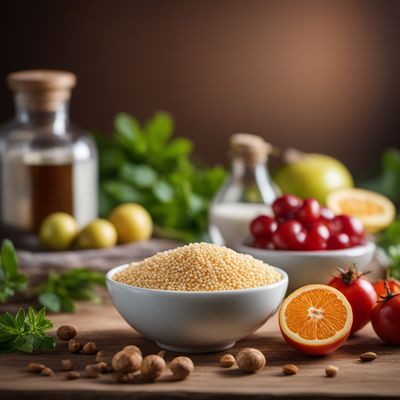
Phosphorus
The Essential Mineral

Zinc
The Mighty Mineral: Unleashing the Power of Zinc
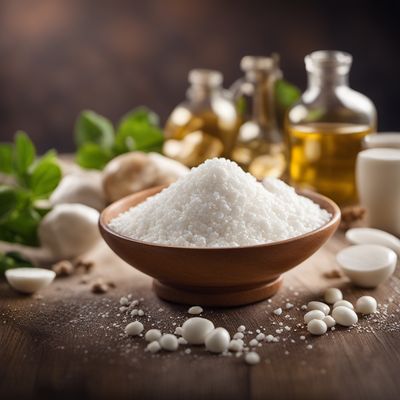
Selenium
"The Mighty Mineral: Unleashing the Power of Selenium"
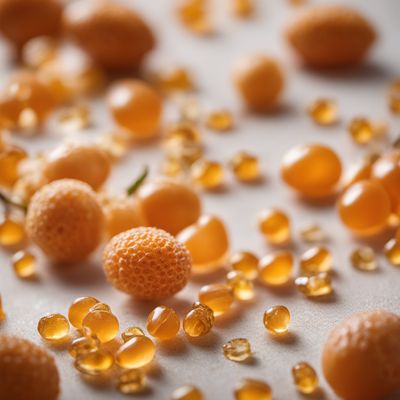
Iron
The Mighty Mineral: Iron

Chromium
The Mighty Mineral: Unveiling the Power of Chromium

Molybdenum
The Essential Trace Mineral
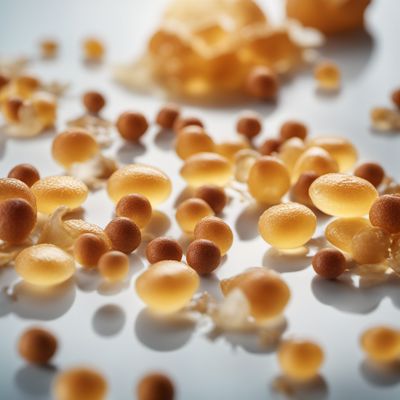
Fluorine
"The Mighty Element: Unleashing the Power of Fluorine"
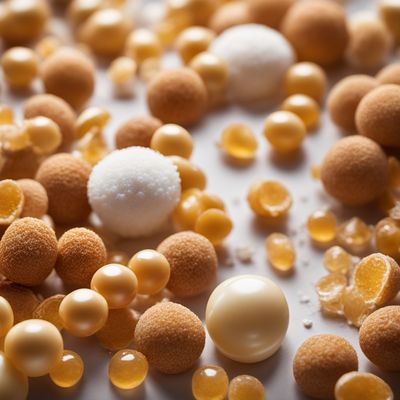
Magnesium
"The Mighty Mineral: Unleashing the Power of Magnesium"

Potassium
The Essential Electrolyte: Unleashing the Power of Potassium

Iodine
"The Essential Element: Unveiling the Power of Iodine"

Copper
The Versatile Element: Unleashing the Power of Copper
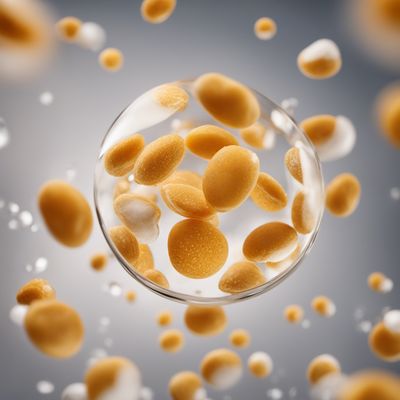
Calcium
The Mighty Mineral: Unleashing the Power of Calcium